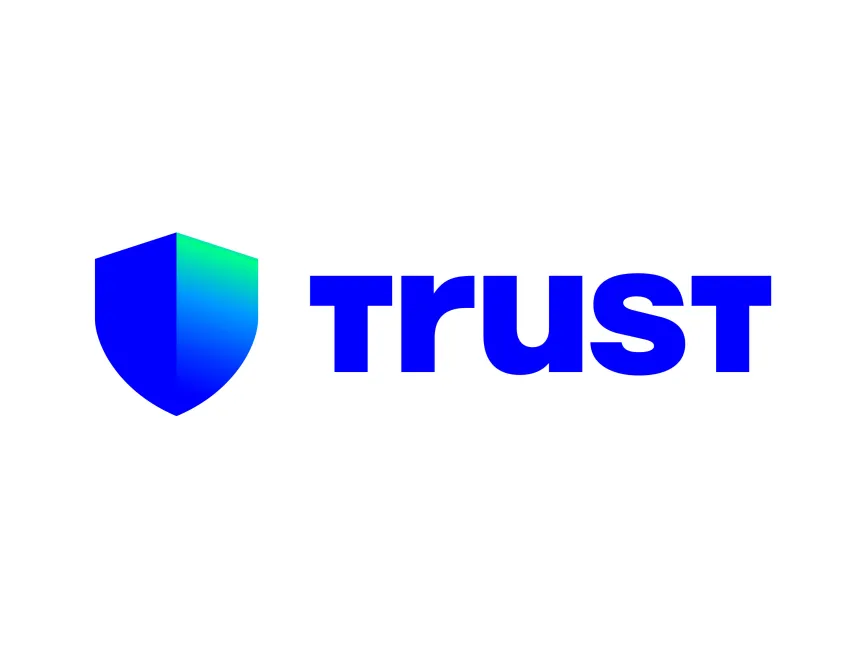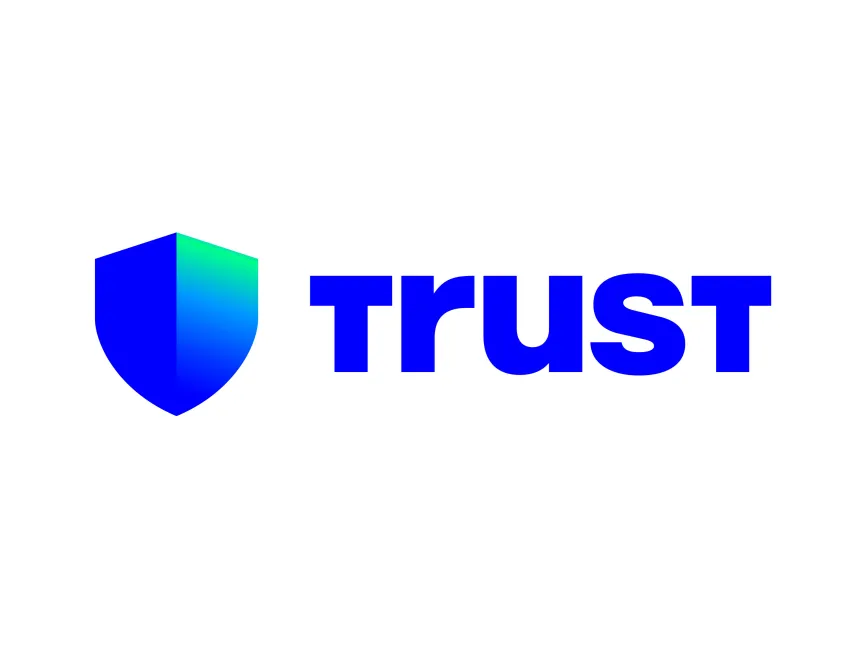Whoa! I stumbled into this one late one night and stayed way too long. My first impression was simple: wallets are messy. Seriously? Yes. Browser wallets, mobile wallets, hardware wallets — they all have their own moods. At first I thought this was just a UX problem, but then I started testing cross-chain flows and realized the friction is systemic, not cosmetic.
Here’s what bugs me about the current state of things. Too many steps. Too many confirmations. Tokens live in islands. You click a dApp, and your wallet either doesn’t show up or it asks for something you already approved elsewhere. My instinct said: there has to be a predictable connector that just… talks to everything. But reality pushed back—latency, security tradeoffs, and chain-specific signing rules get in the way. So yeah, I poked at it. A lot.
Short version: synchronization across devices and chains is the hard problem. Longer version: the technical pieces exist, but the integrations are brittle. And that brittleness kills adoption because users don’t want to learn the plumbing. They want funds to be usable. They want dApps to “just work”.

How wallet synchronization changes the game
Okay, so check this out—synchronization isn’t just about copying keys. It’s about consistent state. If your browser extension and your phone wallet disagree about which network is active, you can send funds into the void or repeatedly fail transactions. On one hand, keeping private keys local is obviously safer. Though actually, you still need a lightweight, encrypted sync layer for non-sensitive metadata—things like active addresses, preferences, pending approvals, and dApp allowances. Initially I thought end-to-end encrypted cloud backups would be enough, but then I saw race conditions crop up when two clients tried to update permissions at once.
My working approach ended up being: manage secrets locally and sync deterministic, auditable metadata across devices. That way, a browser extension can reflect the wallet state from a phone without ever seeing your seed phrase. It’s not magic. It’s careful engineering. And mosaic of small choices matters—timestamped revisions, conflict resolution, and user-friendly merge UIs.
Something felt off about the all-or-nothing models some teams push. They promise “one-click cross-chain swaps” like it’s a single transaction. Hmm… the truth is transactions are chained operations across different ledgers, and you need either a trusted relay, a robust atomic swap protocol, or intermediary liquidity layers. Each choice shifts the trust model and the UX.
For everyday users, trust is perceived, not just proven. A clean browser extension that signals its provenance and lets users verify connections reduces hesitation. For that reason I recommend users try extensions that have clear onboarding and visible permission trails.
Cross-chain functionality: patterns that work
There are three pragmatic patterns I’ve used in production and in my own wallet experiments.
Pattern one: canonical bridge + escrow. It bundles complexity on a bridge operator, who manages cross-chain liquidity and message passing. Fast, but you hand over more trust. It’s fine for many DeFi apps. I’m biased, but transparency matters—show the relayer, show fees, show slippage.
Pattern two: atomic swap or HTLC-based flows. These are elegant because they minimize trust, though they can be slow or costly depending on chain finality and fee markets. On another note, they also require careful UX to hide failure modes from users.
Pattern three: meta-transactions and relayers. Good for gas abstraction and onboarding newcomers. The relayer pays chain fees and gets reimbursed or subsidizes costs. This helps user experience a single “approve once” flow, though it’s more complex to secure. Something to consider: who pays when network congestion spikes? That’s a real practical question.
Longer term, hybrid models that combine on-chain proofs and off-chain coordination look promising—especially when they can be audited but still give users a snappy browser interaction.
Why a dApp connector in the browser is critical
Users open a website. They expect the wallet to be there. No spinning, no hunting. The connector is the handshake. It should expose only the minimal required capabilities: sign a message, sign a transaction, show account info. And it should give the user clear context for each request. That’s deceptively difficult to design—permissions creep happens fast.
Here’s an example from my own testing: a DeFi dashboard requested allowance for a token, then silently tried to upgrade allowance again on a different chain. I caught it because my browser wallet showed both requests clearly. That simple visibility stopped a bad UX from becoming a security problem. Small things like that build trust.
Another practical tip: the connector should support “chain hinting” from dApps so the wallet can suggest switching networks. But don’t force it. Let the user approve the switch, and show the consequences—token availability, gas costs, and whether the dApp supports that specific chain pair.
Hands-on recommendation
If you’re looking for a browser extension that balances usability and multi-chain capabilities, try solutions that explicitly state their synchronization model, permission granularity, and bridge interactions. I tried a few, and one that stood out had a clean device-sync flow and predictable dApp permissions. You can check that out via the trust extension. The onboarding was straightforward and the permissions were transparent—nothing hidden.
Small caveat: no extension is perfect. Test with small amounts first. I’m not 100% sure every feature will fit your workflow, but starting small reduces risk and builds confidence.
Common questions
How secure is browser-to-phone sync?
It depends. If only metadata is synced and keys remain local to each device, it’s very secure. The risk grows if the sync layer stores secrets or if decryption happens server-side. Look for end-to-end encryption and client-side key derivation. Also, watch for double-approve race conditions when two devices change permissions simultaneously.
Can cross-chain swaps be truly atomic?
Not universally. Some chain pairs and solutions support atomicity through cryptographic tricks or rollups, but in many real-world flows you accept probabilistic finality or use trusted relayers. The tradeoff is speed versus trust. Personally, I prefer hybrid models that offer strong audit trails.
What should I look for in dApp permission dialogs?
Look for explicit scopes (sign message vs. sign transaction), chain context, expiration times, and the ability to revoke permissions easily. If a dApp asks for unlimited allowance with no explanation, pause. That part bugs me—too many apps ask for more than they need.

